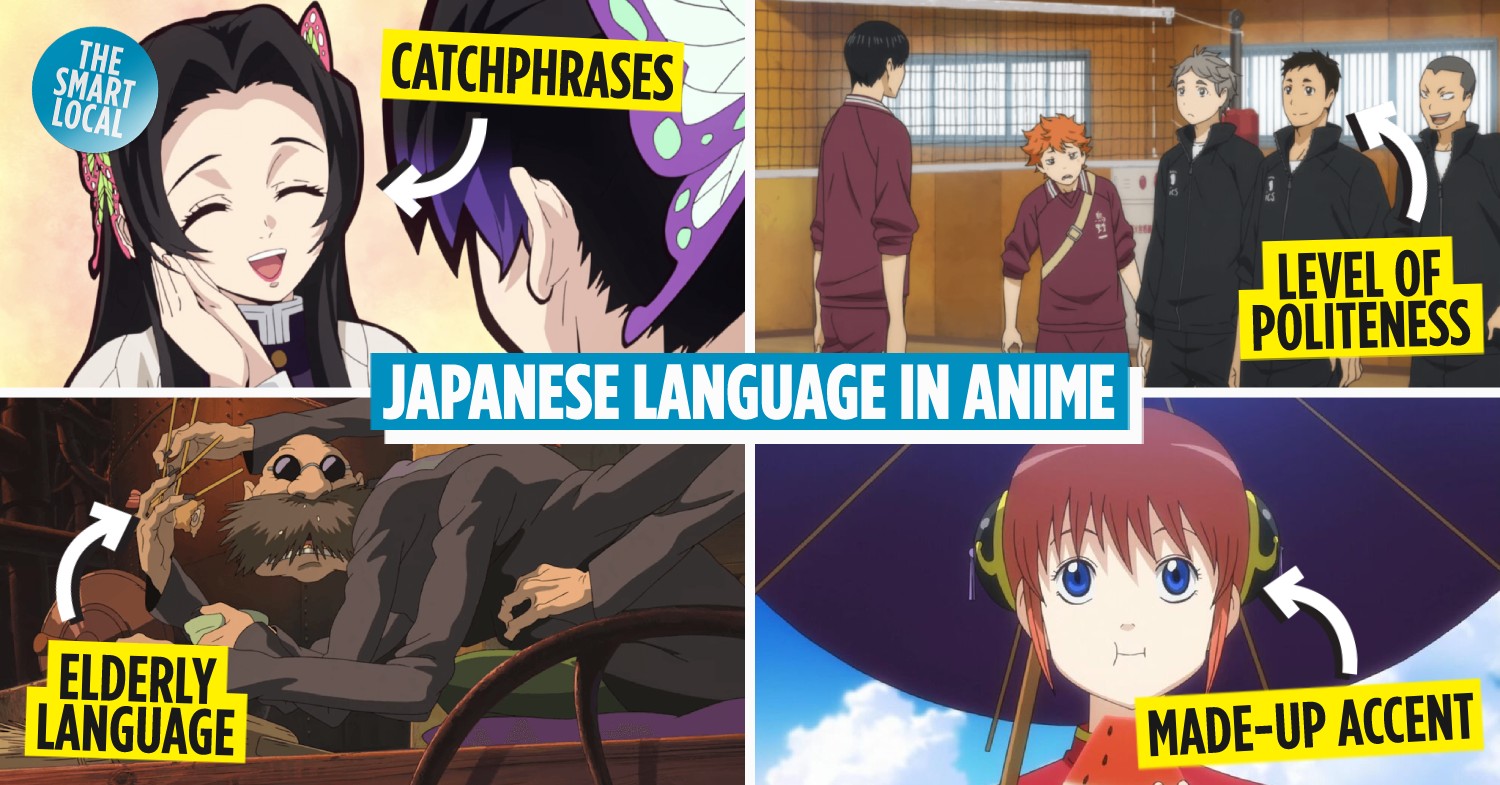Anime speech habits you should know
Many Japanese language learners swear by learning through watching anime. While watching shōnen protagonists strive to be the best certainly beats memorising from textbooks any day, learning Japanese solely from anime has its own pitfalls. For one, animes typically use “unrealistic” Japanese, so you might end up picking up exaggerated phrases and anime-exclusive speech habits that aren’t used by native speakers in real life.
That’s not to say that learning basic Japanese from anime is a huge no-no – you just need to be able to discern between what’s appropriate and inappropriate to use in real life conversations. To help you out, here are some common anime speech habits you should avoid using in real life.
For more language guides, check out:
- Unique Japanese words that can’t be translated
- Useful tips to speak Japanese naturally
- Japanese loanwords to know
1. Using kyaragobi in sentences
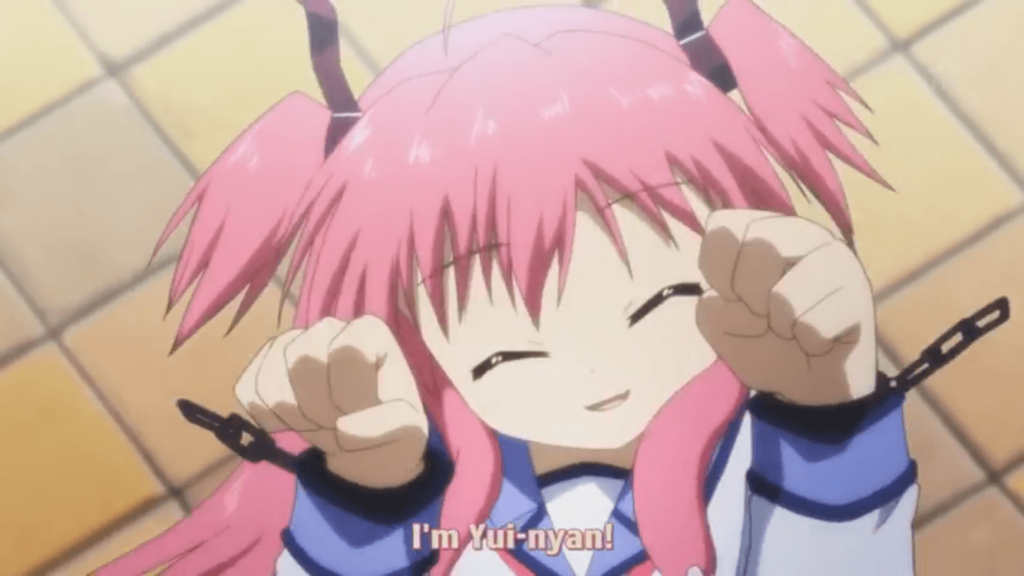
Image credit: P.A Works
An abbreviation of “キャラクター” (character) and “語尾” (end of a sentence), kyaragobi (キャラ語尾) refers to a certain catchphrase or verbal tics that anime characters attach to the end of their sentences. It is a fairly common trope used in anime to make fictional characters more memorable and distinctive.
Kyaragobi can be something as simple as pronouncing the copula “desu” (です) differently, to something as far as making up entirely new verbal tics. One of the most classic examples of kyaragobi is the usage of “nya” (にゃ) or “nyan” (にゃん), an onomatopoeia which means “meow”, by cat-like characters. By using these cat-like kyaragobi, anime characters can emphasise their feline qualities and traits.
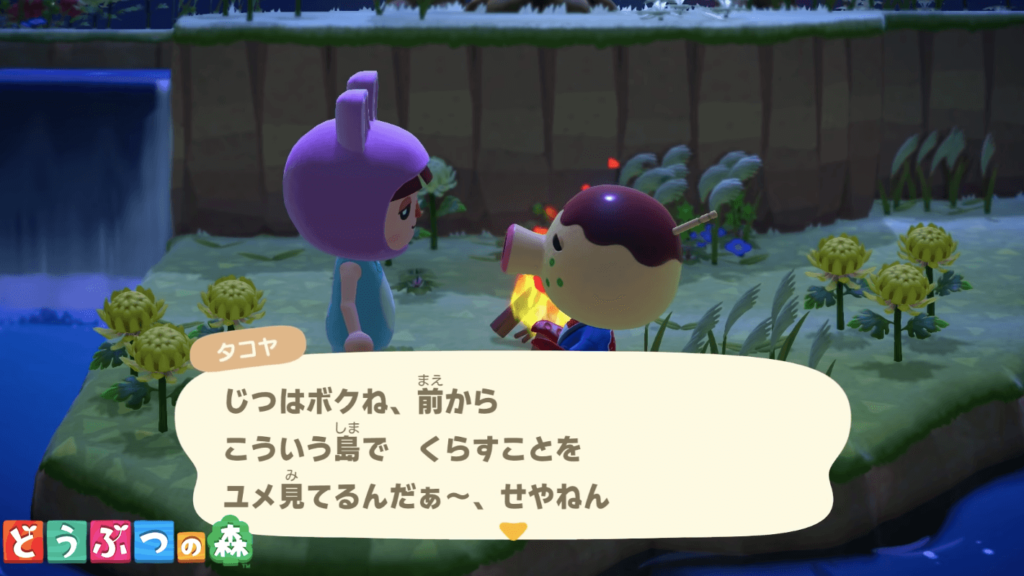
Zucker uses “seyanen” as kyaragobi.
Image adapted from: Hanae Natsuki
In the Japanese version of Animal Crossing, the villagers have different speech quirks that make them unique. For example, Zucker, also known as Takoya (タコヤ) in Japan, is a takoyaki-esque octopus who attaches “seyanen” (せやねん), which roughly translates to “that’s right” in Kansai dialect, to the end of his sentences. It’s a cheeky nod to Osaka, where takoyaki originated from.
2. Level of politeness
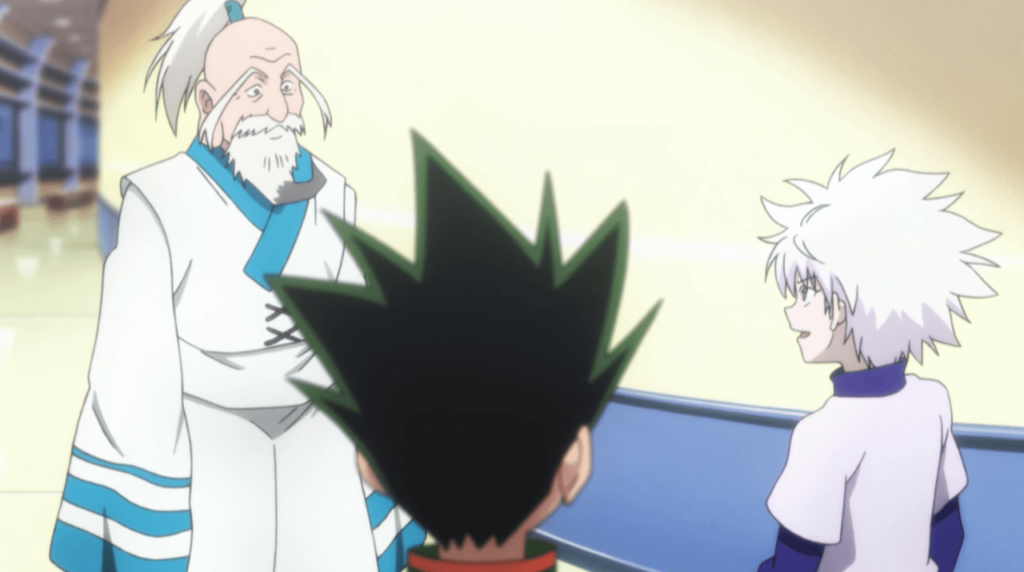
Killua meets Netero, a character who’s senior in age and status.
Image adapted from: Netflix
In the Japanese language, there are many ways to be polite and the degree of politeness is defined by the honorific form you use. At the most basic level is the polite form (丁寧語; teineigo), which comprises sentence ending with “desu” (です), and verb markers “masu” (ます).
Many anime characters, however, tend to forgo such forms of speech altogether, opting instead for casual speech regardless of the seniority of the other party.
In Hunter X Hunter, Killua speaks informally to Netero, a distinguished elderly character who also happens to be the Chairman of the Hunter Association. This is highly unlikely in real life, as casual form is typically only used with family members and close associates.
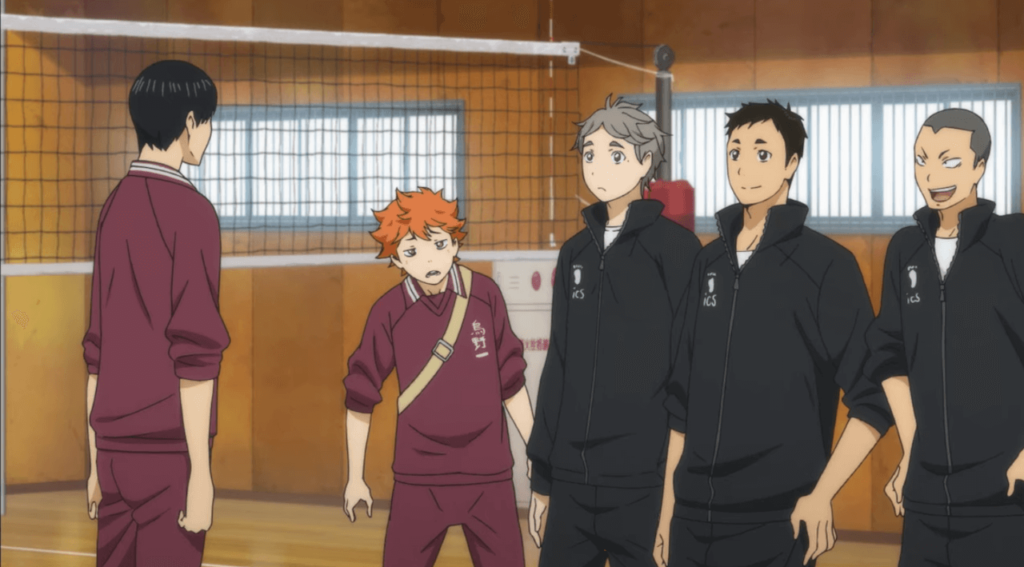
Kageyama always uses polite form when talking to his 2nd and 3rd year seniors
Image adapted from: Netflix
There are also cases where anime characters call someone they’ve just met, or an older character, without adding an honorific suffix “-san” (-さん) after their names. Referred to as yobisute (呼び捨て), such an act will raise eyebrows in real life as it can be regarded as a sign of informality.
That said, some anime series do have dialogues that are closer to real conversational Japanese. Slice-of-life anime series such as Haikyuu!!, which are grounded in reality, have conversations that are more natural. For the most part in these anime series, you’d be able to tell the character’s social hierarchy and age just by their speech.
3. Using extremely crude words
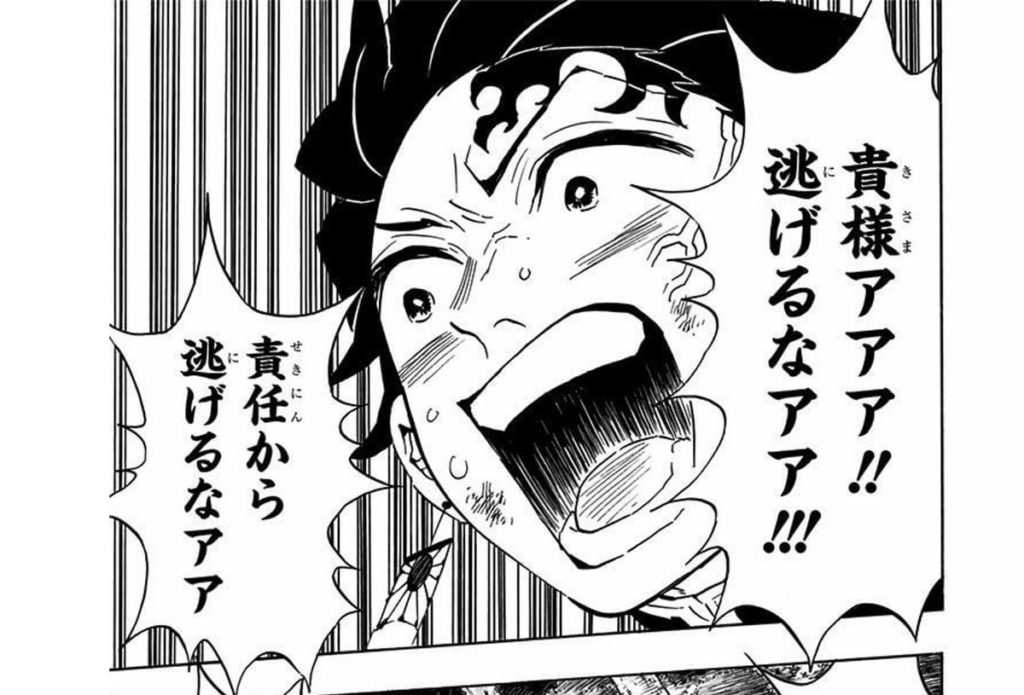
Image credit: Shueisha
Despite what many hot-headed shōnen protagonists would have us believe, swear words aren’t nearly as commonly used in daily conversations as in fictional settings. Extremely crude words, such as the second-person pronoun “kisama” (貴様; derogatory “you”) or “usero” (失せろ; get lost), are used exclusively in fiction.
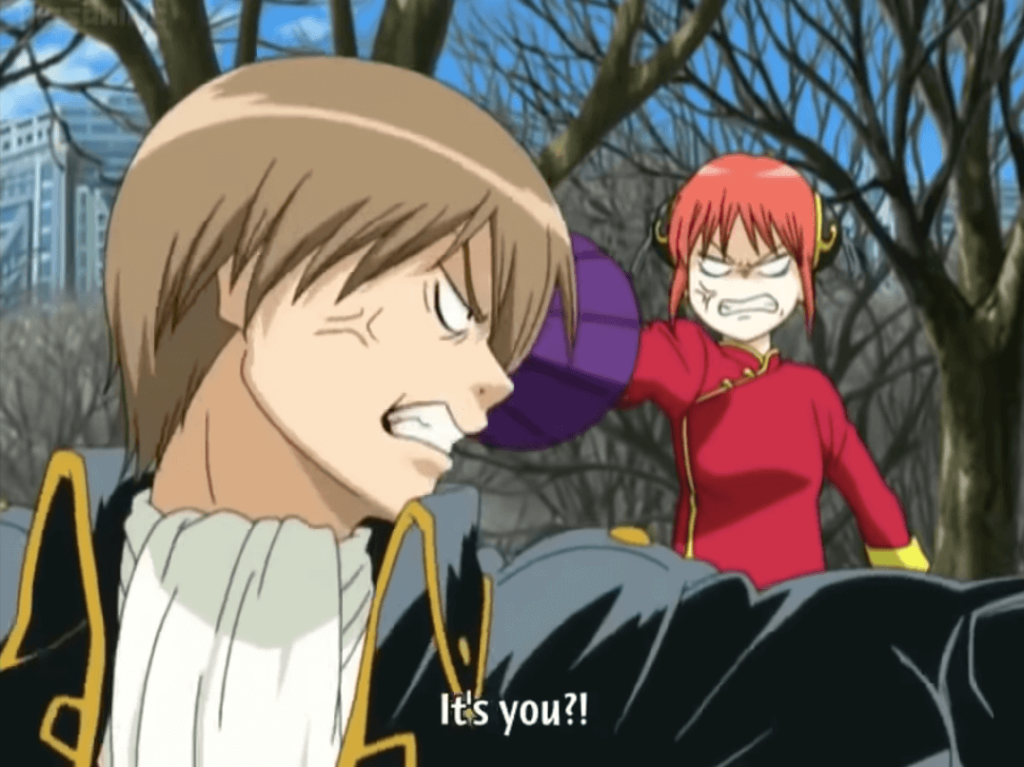
Image credit: Sunrise
On the other hand, though second-person pronouns such as “temee” (てめえ), “omae” (お前), and “anata” (あなた) can come across as abrasive and abrupt in certain contexts, it isn’t unusual to hear natives using them. It is especially common between close friends or when used in a jocular manner.
Even words like “kuso” (クソ; shit) can be combined with nouns to make compound words such as “kusogaki” (クソガキ; little brat). It can even be used as an intensifier – take “kuso mazui” (クソまずい; very unpleasant) as an example. It’s important to distinguish between insults that belong in the media and those that can be incorporated into the vernacular.
4. Made-up catchphrases
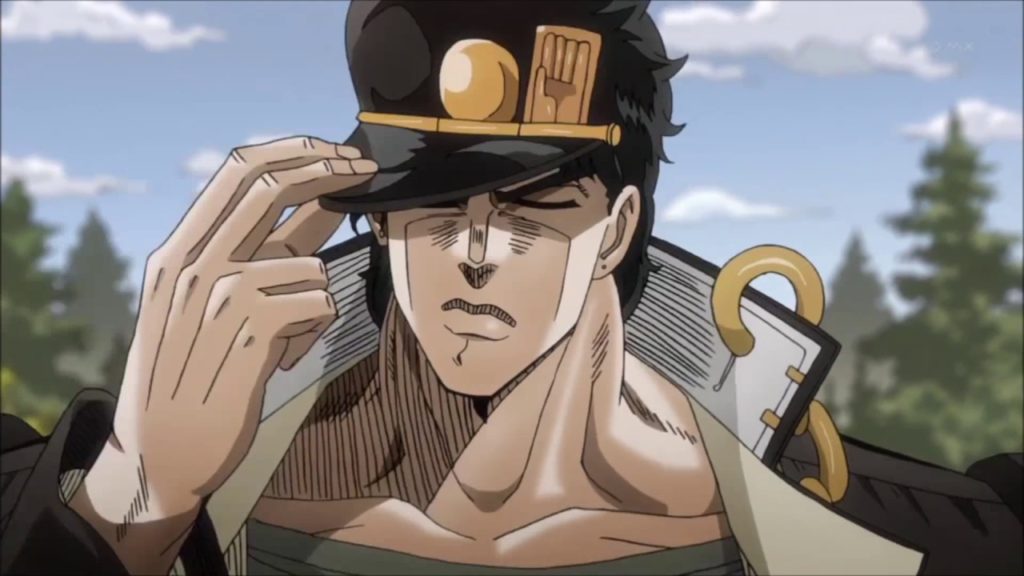
Jotaro from Jojo’s Bizarre Adventures uttering “yare yare daze”.
Image credit: David Production
Besides visually striking character designs and killer voice acting, catchphrases are some of the best ways to make anime characters memorable. Many catchphrases in anime are made-up and eventually popularised due to the series, so fans might use it for fun or comedic purposes. But if used seriously in everyday conversations, it may sound out of place.
For example, “yare yare” (やれやれ) is a signature catchphrase that’s associated with popular characters such as Jotaro from Jojo’s Bizarre Adventure and Saiki Kusuo of The Disastrous Life Of Saiki K. It means “good grief” and can be taken as an exclamation to convey relief, disappointment, or even mild annoyance.
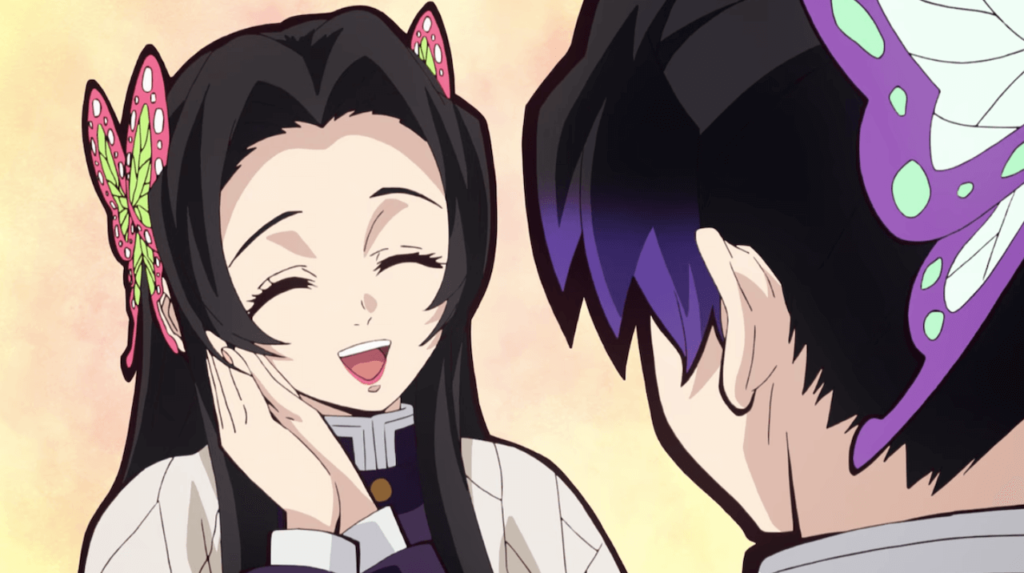
Kanae Kocho from Demon Slayer uses “ara ara”.
Image credit: Netflix
Mainly used by female characters, “ara ara” (あらあら) can be loosely translated as “oh dear” or “oh my”. The nuances depend on the context in which it’s uttered, so the interjection can be used in many different situations. Typically, the catchphrase is used as an expression of surprise.
– Stereotypical speech patterns –
First coined by scholar Satoshi Kinsui in 2003, yakuwarigo (役割語; role language) refers to stereotypical styles of speaking used exclusively by fictional characters in Japanese media. The type of speech pattern used is often telling of the character’s age, gender, and even status.
For example, just by observing the pronouns and sentence–final particles the character uses, you can easily differentiate between an old man and a young lady. Hence, you should be careful not to imitate all fictitious speech patterns and use them seriously in real life dialogues.
1. Elderly male language
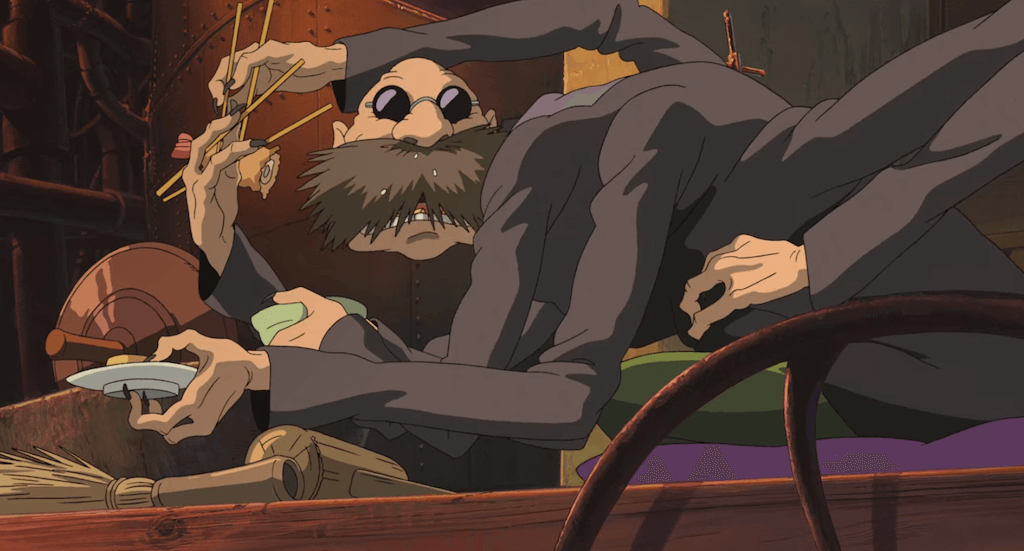
Kamajī from Spirited Away
Image credit: Netflix
Elderly male language, or 老人語 (rōjingo), is a type of fictional speech pattern used to indicate that a character is old. If an anime series has an elderly side character, chances are that they’d be assigned stereotypical elderly expressions.
You’d be able to distinguish rōjingo by these linguistic features – the first-person pronoun “わし” (washi) is used instead of “私” (watashi), the verb “いる” (iru) is replaced with “おる” (oru), and the usual sentence–ending particle “だ” (da) becomes “じゃ” (jya). So the standard Japanese sentence “私が知っているだ” (watashi ga shitte iru da; I know) becomes “わしが知っておるじゃ” (washi ga shitte oru jya) when spoken by an elderly anime character.
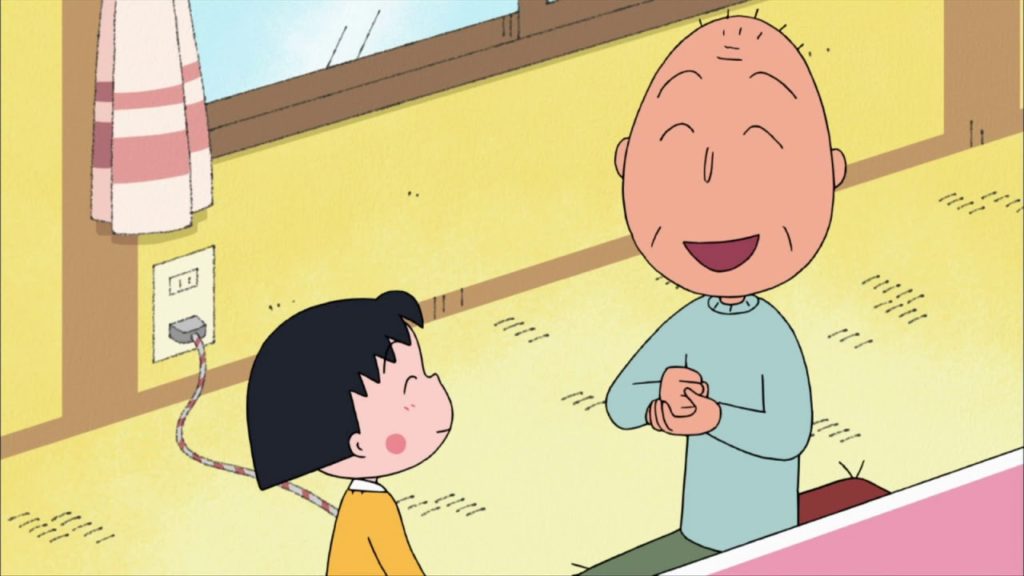
Tomozo Sakura, Maruko’s grandfather.
Image adapted from: Chibi Maruko Channel
Role language is typically derived from somewhere, and in this case, elderly male language has its roots in Western Japan dialect. Back when Edo became the new capital, youngins were quick to adapt to the use of Eastern Japanese language.
However, conservative old people and intellectuals continued to use Western Japanese speech. This style of speech was depicted in literary and theatrical works. Over time, this specific language pattern became associated with the elderly, and was preserved and reproduced in modern media.
2. Aruyo language

Kagura from Gintama
Image credit: Gintama Fandom
Known as aruyo kotoba (アルヨ言葉), aruyo language refers to a type of stereotypical Chinese accent that’s used in fiction to depict a Chinese character. As it’s completely made up, it sounds nothing like how a Chinese person would converse in Japanese in reality, nor will you hear natives speakers use such dramatised expressions.
It is said that aruyo kotoba was derived from the pidgin Japanese that early Chinese immigrants used to communicate with the Japanese when the country opened its doors in the 1850s. Gradually incorporated into fiction, the linguistic quirks of aruyo kotoba came to be associated with Chinese characters.
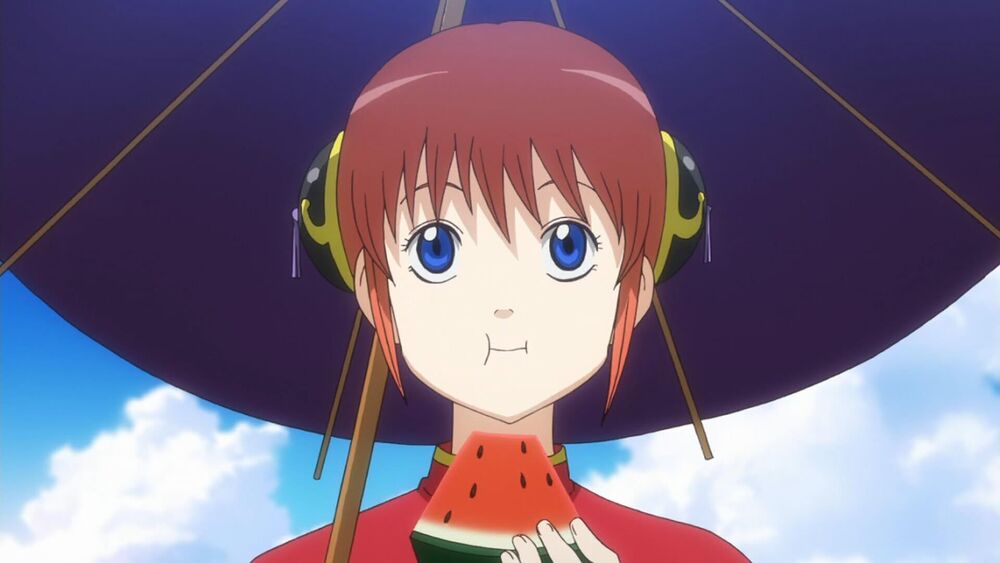
Image credit: Gintama Fandom
One distinctive feature of aruyo language includes affixing “aruyo” (あるよ) to the end of affirmative sentences and “aruka” (あるか) for questions. Characters may also sometimes choose to exclude the particles “を” (wo) and “が” (ga) completely. One well-known example is Kagura from Gintama. While she’s not of Chinese descent, her Chinese clothing and unusual speech patterns are tools to denote her foreignness as an alien from the Yato clan.
It’s important to note that while aruyo language originated from a time of prejudice, its usage these days doesn’t necessarily imply malicious intent. The exaggerated speech pattern functions as an effective linguistic tool to conjure a certain character image.
3. Female language
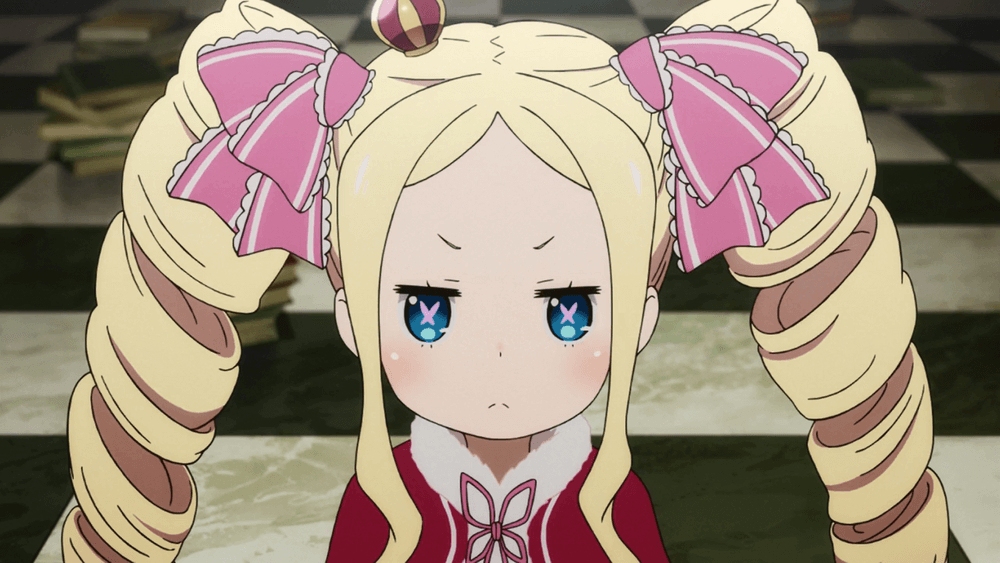
Beatrice from Re:Zero uses “kashira” frequently.
Image credit: Re:Zero Fandom
Japanese is a gendered language and it’s all the more stylised in fictitious speech. Some features of female language in the media, such as the first-person pronouns “私” (watashi) and “あたし” (atashi), are considered actual speech used by natives.
Others, however, are rendered obsolete in modern Japanese and specifically used by fictional female characters to sound more feminine. Some feminine expressions exclusive to fiction includes the sentence–final particle “wa” (わ) with a rising intonation, as well as phrases such as “desu mono” (ですもの) and “kashira” (かしら; I wonder).
It’s also possible for certain female characters to use male pronouns such as “boku” (僕) and “ore” (俺). When that happens, the use of masculine expressions is usually intentional and for specific purposes, such as to emphasise a character’s boyish side.
4. Male language
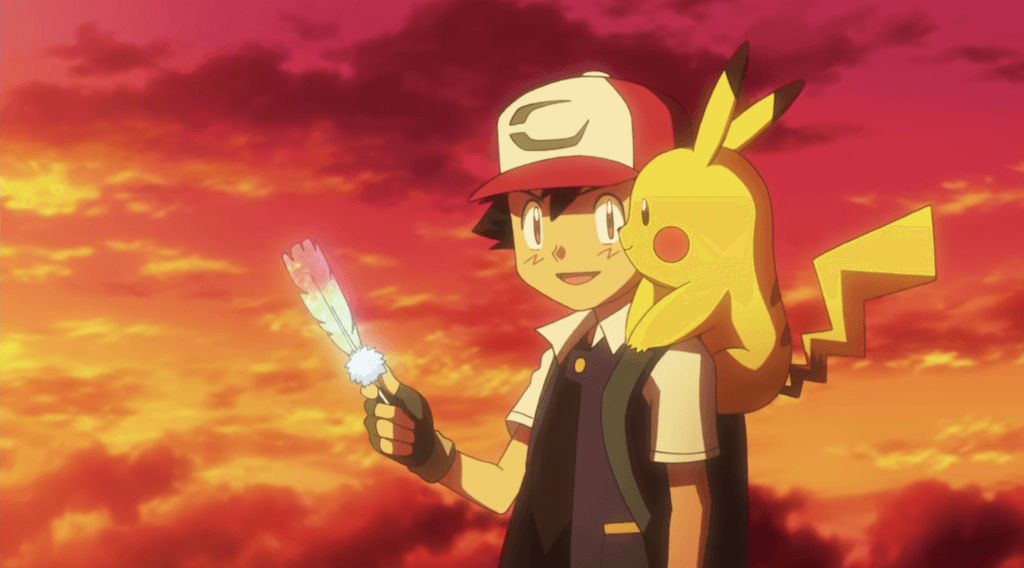
Image credit: Pokemon Official YouTube Channel
Like female language, male language, or dramatised speech styles exclusive to male characters, are often employed to portray masculinity. First-person pronouns such as “boku” and “ore” evoke drastically different images for fictional characters – the former is typically used by young, timid boys while the latter is often a display of arrogance.
That said, these pronouns are nothing out of the ordinary and are used by natives too.
But Japanese language learners have to take note of linguistic features and patterns that can sound unnatural in spoken conversations. This includes ending sentences with male-specific particles such as “ぞ” (zo), “ぜ” (ze), and even “だ” (da), which can come across as abrupt. Native speakers are more likely to end their sentences with particles such as “yo” (よ), “sa” (さ), or omit sentence–final particles altogether.
Common anime speech habits you should avoid using IRL
Watching anime is a great way to supplement language learning, but be careful not to apply “anime Japanese” in normal conversations or you’ll end up sounding like a weeaboo. Now that you have a basic grasp of some anime speech habits that are common in fiction, you’d be able to easily pick up on verbal quirks that are unique to each character type.
For more insights on Japanese culture and language-related articles, check out:
- Trendy Japanese words in 2020
- Useful Japanese slang to pick up
- Basic Japanese phrases
- Everyday mysteries in Japan
- Commonly used phrases in konbini
Cover image adapted from (clockwise from top-left): Netflix, Netflix, Gintama Fandom and Netflix
